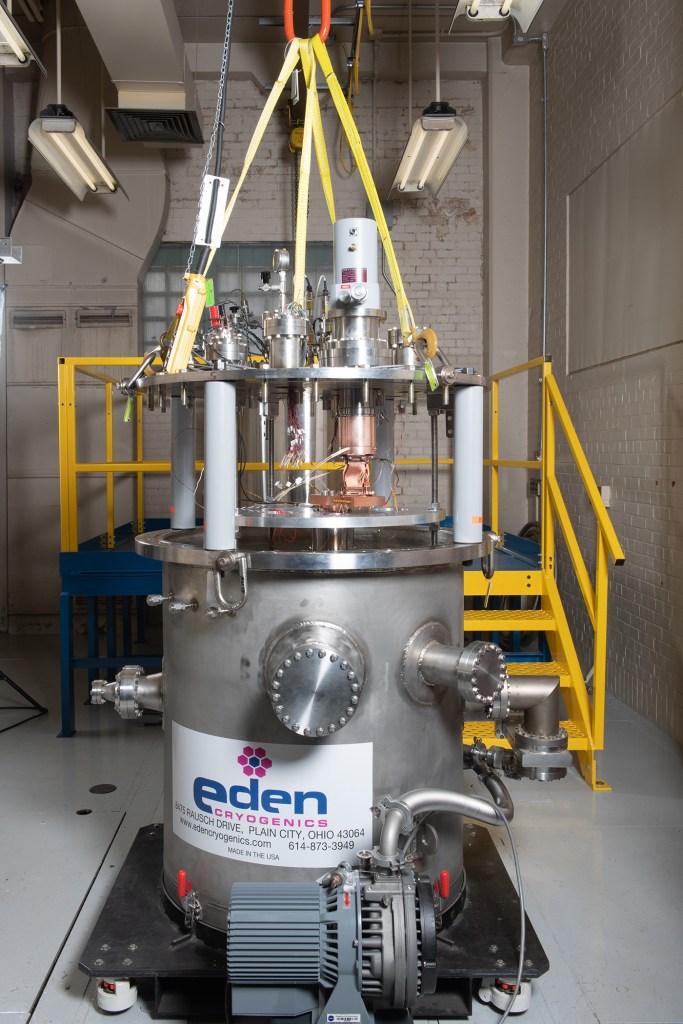Fifth Public Meeting, July 30, 2020
- The Departments of Defense and Commerce should work to create an interoperable approach on multi-sourced space data modeling, data sharing, and curation architectures. Both departments should study lessons learned and fund studies and research around technical solutions and processes that allow incorporation of properly vetted international and commercial data into the space object catalog for military, civil and commercial uses. We further recommend that the Departments should report to the National Space Council regularly on their progress.
- The Department of Defense, Department of Commerce, and NASA should work to jointly develop standards for space data protection and security plans, space data verification, and space data uncertainty quantification.
Fourth Public Meeting, October 21, 2019
- The NSpC should write a Space Policy Directive concerning STEM education in the United States (U.S.) with the intent to prepare the future space industry workforce.
- The NSpC should direct the UAG to develop a white paper, outlining and scoping a study of the means to establish and maintain a U.S. Strategic Space Propellant Reserve modeled on the U.S. Strategic Petroleum Reserve (SPR). The white paper should identify variables important to establish reference requirements, such as: (a) the size and location of initial reserves needed to stimulate sufficient infrastructure to support an eventual $1T space economy; (b) technical means; (c) identification of markets that could be enabled; and (d) models for funding, and others. It is anticipated that a detailed study undertaken by the National Academies of Sciences, Engineering and Medicine would follow initial scoping by the UAG.
- The NSpC should direct the UAG to define the scope of a study to be conducted by the National Academy of Public Administration, reviewing U.S. regulatory jurisdiction and governance (domestic) v. a goal of technology leadership across spectrum related technology sectors. The study should also address an assessment of the current U.S. governance model for spectrum v. alignment with multiple national technological leadership and capabilities priorities.
- NASA should update their technology roadmap and brief the UAG in light of the Artemis and Moon and to Mars program, provide a briefing to the UAG and, if necessary, fund a brief external review. [Note: (1) the roadmap does not need to also be published; and (2) we don’t need roadmap across entire NASA enterprise, just key technologies for Artemis and going onto Mars.
Third Public Meeting, April 8, 2019
- Gen. Lyles (Chair, Exploration and Discovery Subcommittee) recommended that the UAG form a task force to act as a “red team” to assess the revised lunar exploration plan and develop potential alternatives. Adm. Ellis proposed refinement of Gen. Lyles’ task force proposal, followed by submission of that proposal to the UAG for discussion and final approval. Noting that the initial concepts are promising, he reiterated the need to precisely define both the goals of the task force and the processes to be used to achieve those goals
- As chair of the National Security subcommittee of the UAG, Adm. Ellis noted they received a request from the National Space Council that the subcommittee examine the organizational construct of the newly defined Space Force. Specifically, the subcommittee has been asked to assess and to recommend options for the organizational structure of the uniformed Space Force, including a future Department of the Space Force. The subcommittee has been promised access to the Department of Defense (DoD) and other relevant organizations to facilitate completion of this task. The goals of the Space Force are ambitious and wide-ranging, and there is much work to be done to create from its general goals an efficient and effective functioning entity, including resolving the special challenges of massive organizational change. In order to provide appropriate and useful advice, it will be important for subcommittee members to have access to, and continuing conversations with, those staff members at DoD and elsewhere who are doing the hard job of bring these ambitious goals to fruition.
Second Public Meeting, November 15, 2018
- Adm. Allen (Chair, UAG) identified the priorities for each of the six subcommittees.
- Some UAG members and attendees expressed concerns about the pace of progress in the Lunar to Mars initiative, including: (1) The vehicle design and program design do not seem sufficiently innovative; (2) Smart people are involved, but that they may be are trapped in a system that does not appear to facilitate efficient progress; (3) There may be an excessive number of overly large goals. These should be subdivided and prioritized; and (4) We should persuade the administration and NASA to consider alternate approaches. Adm. Ellis noted these opinions transmitted to the National Space Council.
First Public Meeting, June 19, 2018
- Organized the six UAG subcommittees.


























